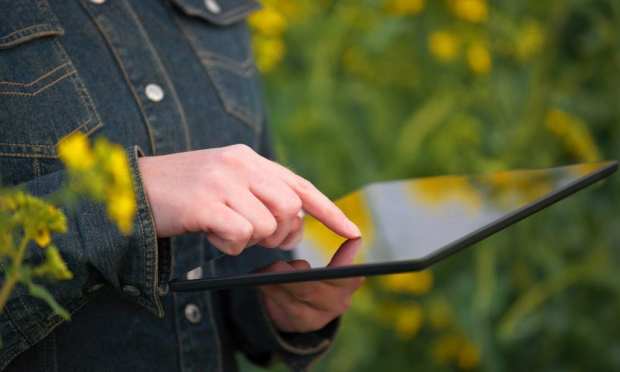Why Rural Shoppers Need Digital Innovation Too

It is easy enough to think about the various advances in digital commerce as mostly being urban or suburban phenomena. Mostly because that is where innovations tend to get their start — ridesharing, delivery on demand, one-day shipping, buy-online pick up in-store, experimental experiential retail locations, pop-up shops and the list goes on (and on). But what every big digital upgrade of the last decade or so has in common is an urban home base.
And that, at base, is fairly sensible — to make most of these services profitably deliverable (or at least potentially so) at scale requires high population density and short distances. Urban areas have that, and even some “inner-ring” suburbs on the outskirts off major metros have it — but generally the further one drifts from those urban centers, the more digital and omnicommerce services tend to dry up.
In rural areas, omnicommerce services tend to be limited to nonexistent, depending on just how remote and rural an area is. And lack of access, Tractor Supply Company. President and COO Steve Barbarick said, has perhaps been historically mistaken for lack of interest among rural consumers in seeing a wider selection of digital goods. But as a retailer that sees the majority of its sales made in the rural areas it serves knows, that isn’t the case. Shopping digitally is an attractive proposition for most American consumers because it makes their commerce lives easier — but paying additional shipping fees and waiting lengthy stretches for things to arrive don’t make the experience any easier or more efficient than going to the local store.
The question for the local store is how to use omnicommerce and digital techniques to enhance that experience, he noted, because tapping into the consumer interest is investing in growing revenue.
“Our customers appreciate the relevance of our stores in the rural community and with the addition of buy online, pick up in-store and direct delivery to stores, we’ve seen 70 percent of of our eCommerce orders are being fulfilled at our stores,” Barbarick said in a call with investors.
Moreover, the firm’s increased digital focus and investment in areas like buy online, pick up in-store (BOPIS) and mobile point-of-sale (mPOS) technology isn’t just an enhancement, but a way to reposition Tractor Supply Company in a “highly fragmented market.”
“We see significant opportunities to broaden our customer reach and increase our market share as our store base and digital capabilities mature over time,” he said.
Barbarick also noted the firm’s intention to continue expanding its digital expansion efforts. In the consumer-facing arena, that means upping the number of SKUs available for online purchase past the 10,000 it has now. On the back end, Barbarik referred to Tractor Supply Company’s efforts at better collecting and correlating rich customer data, particularly via its recently launched ONETractor Supply loyalty program.
“The data allows us to target specific customer groups based on their frequency and category specific spending. This personalized approach is allowing us to drive engagement and build share of wallet over time,” Barbarick said, noting that leveraging rich data sets allowed them to both individual message individual consumers — as well as better design marketing materials and concerts for their larger demographic base.
But, he said, while all of this expansion in digital and multichannel is ongoing, the firm also continues to expand its physical footprint, as that is the backbone of its entire retail effort and the architecture upon which most of its digital offering are hung. In 2018, Tractor Supply Company built 80 new locations, with plans to open a similar number this year.
The goal, he said, is simple — offer the same value to rural consumers it always has, while offering modern convenience and experiences to those consumers whose needs and expectations are changing as surely as the rest of the nation’s.
If perhaps a bit more slowly.
